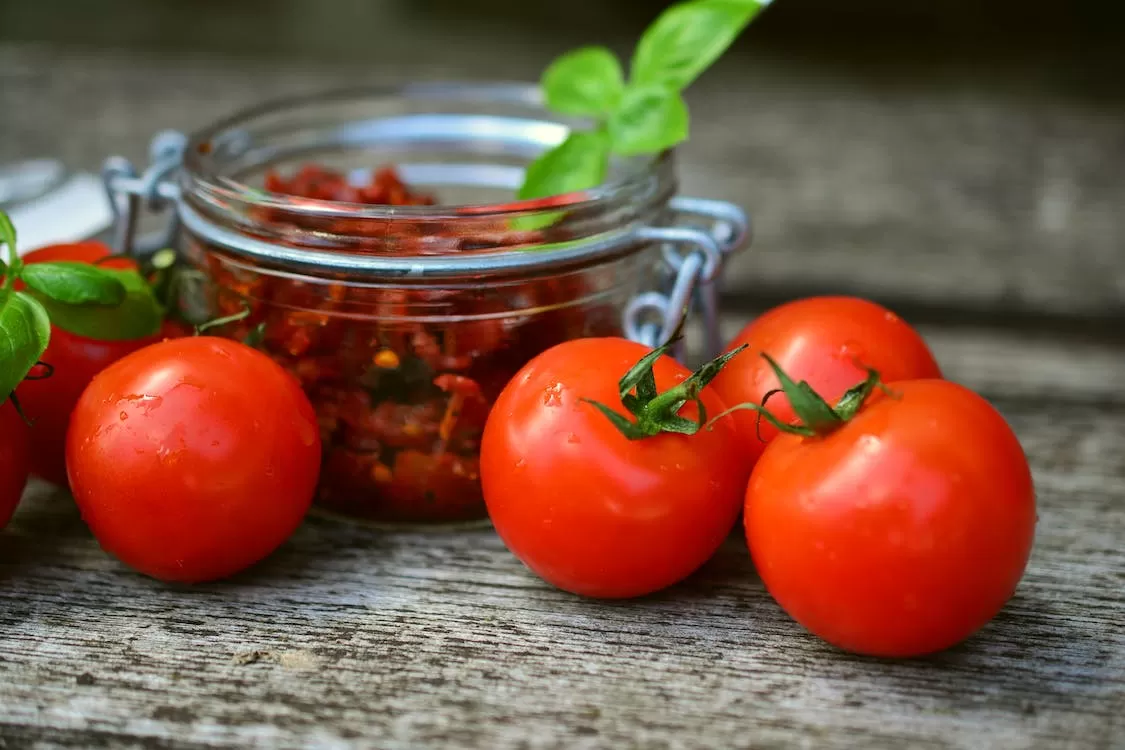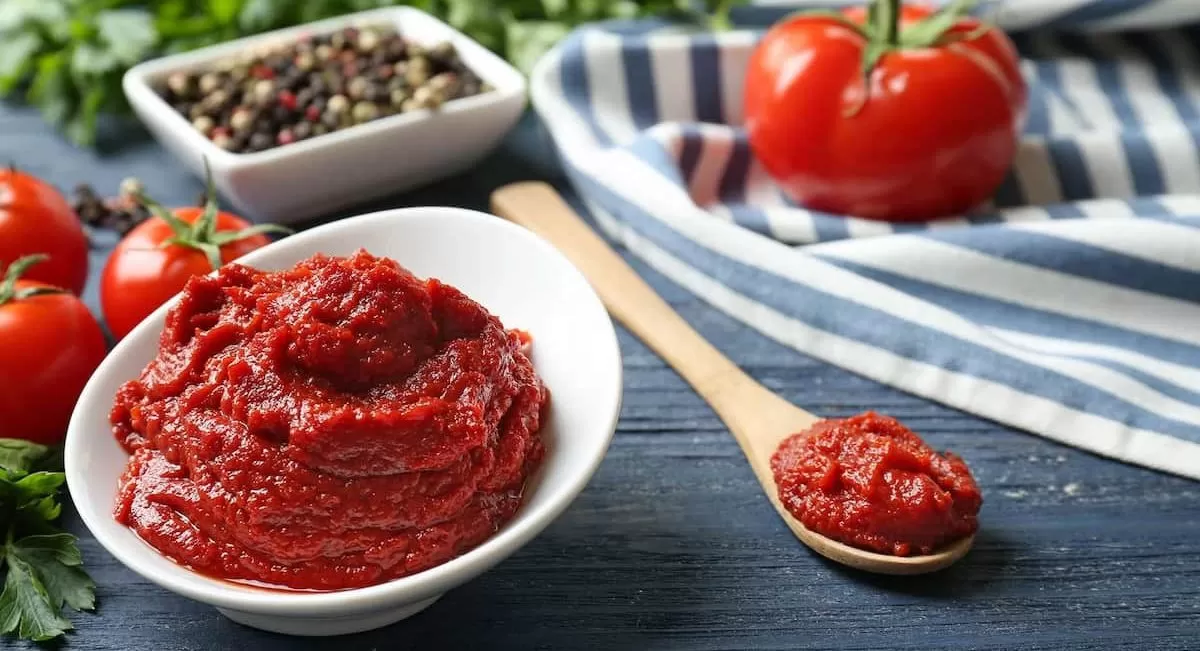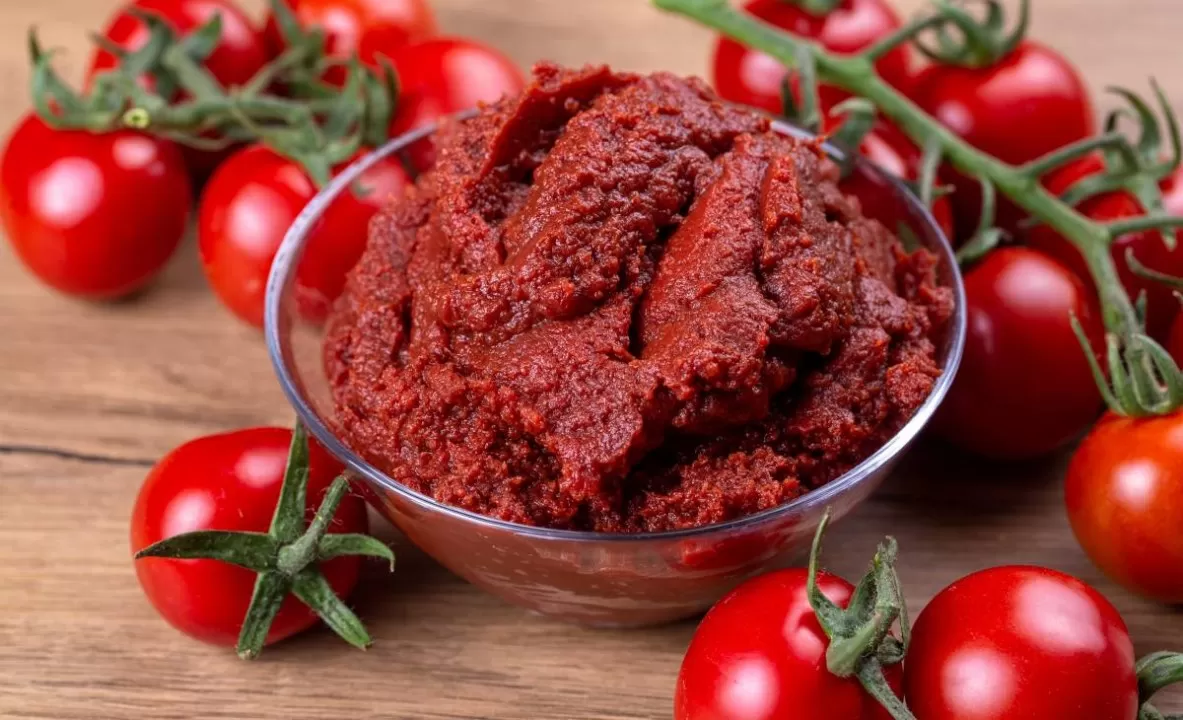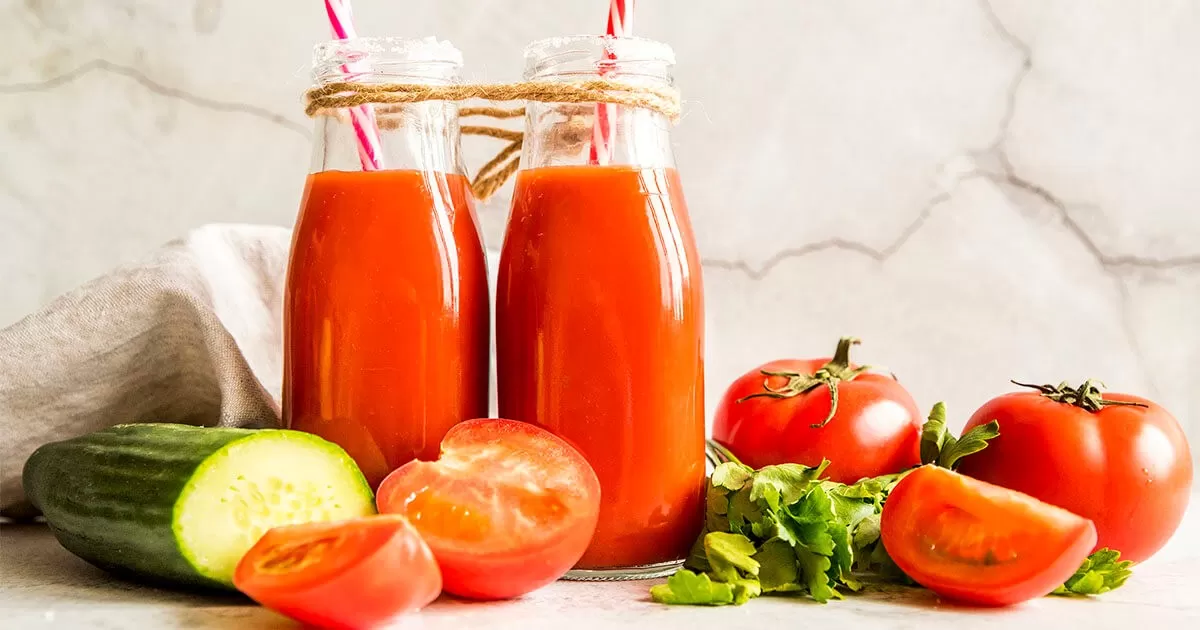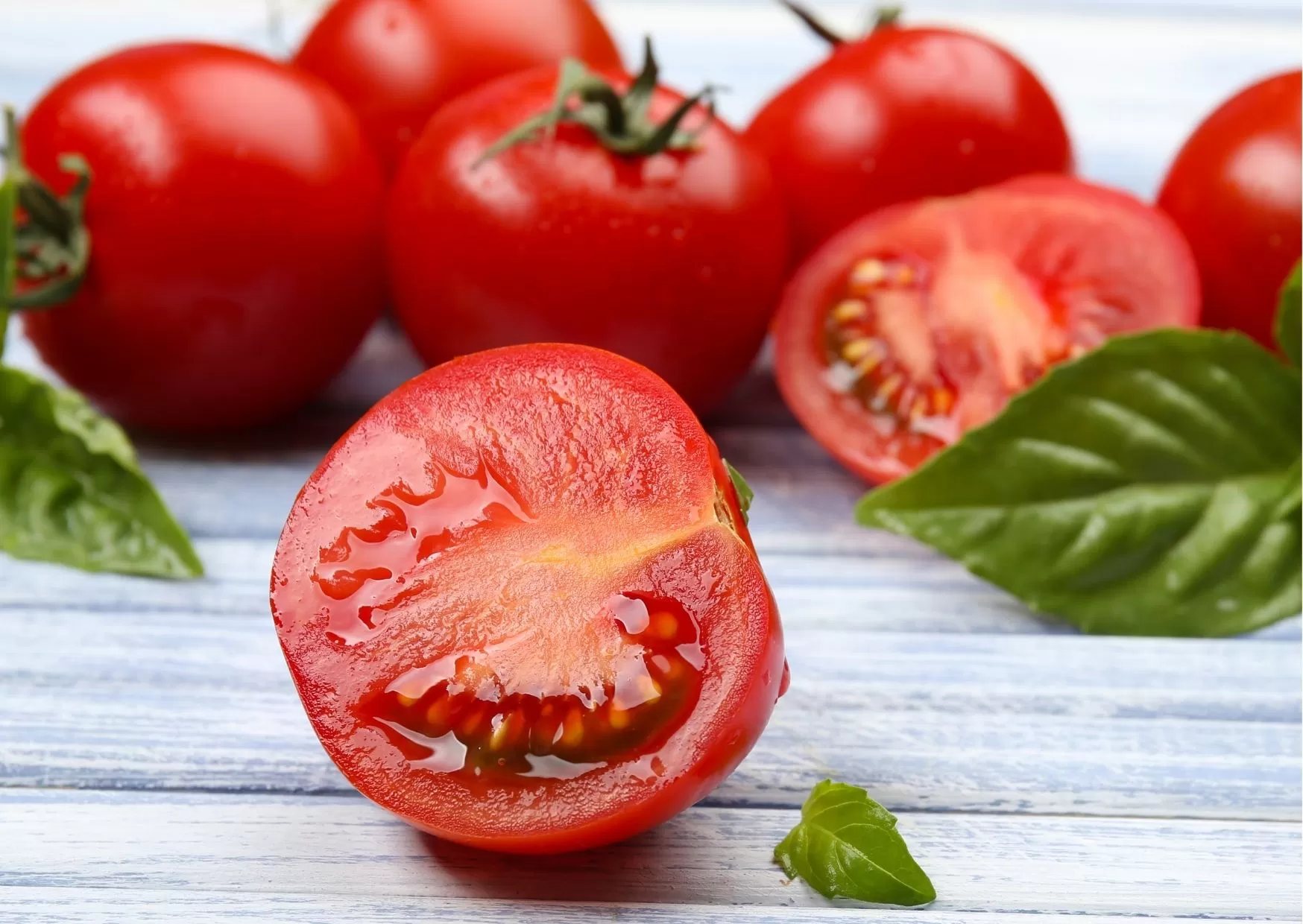- 0086-571-85302990
- sales@greenskybio.com
What food has the highest lycopene?
2025-03-23

In recent years, an increasing focus on nutrition has led to the discovery and promotion of numerous health-benefitting compounds found in foods. Among these compounds, Lycopene has gained significant attention due to its powerful antioxidant properties and potential health benefits. This carotenoid, responsible for the red pigmentation in various fruits and vegetables, is linked to a multitude of health advantages, including reduced risk of certain cancers and cardiovascular diseases. While Lycopene is present in several foods, the question often arises: Which food has the highest concentration of Lycopene? This article seeks to explore the richest sources of lycopene, emphasizing their nutritional benefits and how they can be effectively incorporated into the diet.
Understanding Lycopene
Lycopene is a bright red carotenoid that belongs to a family of pigments naturally found in plants. Unlike other carotenoids, lycopene does not convert to vitamin A in the human body, but it plays an influential role as an antioxidant. By neutralizing free radicals, lycopene helps in lowering oxidative stress, which is a contributing factor to various chronic health issues. Research has shown lycopene's efficacy in reducing LDL cholesterol, combating prostate cancer, and supporting skin and eye health, making it a highly sought-after nutrient.

Nutrient-Rich Foods with High Lycopene
1. Tomatoes
Tomatoes are unquestionably the most renowned and concentrated source of lycopene, frequently regarded as a cornerstone of the lycopene-rich diet. The lycopene content in tomatoes varies based on the type of tomato and its preparation. For example, processed tomato products, such as tomato paste, sauce, and ketchup, contain higher concentrations of lycopene compared to fresh tomatoes due to increased bioavailability through cooking. In particular, cooking tomatoes with a small amount of oil allows for improved absorption of lycopene by the body. The central role of tomatoes in global cuisines makes them an accessible and versatile ingredient for boosting lycopene intake.
2. Watermelon
Watermelon, another well-known lycopene-rich food, is often underrated in its contribution to lycopene intake. Despite its refreshing nature and popularity in summer diets, watermelon provides a substantial amount of lycopene per serving, rivaling even tomatoes. An added benefit to watermelon consumption is its hydrating properties, rich in vitamins A, C, and B6, making it a perfect combination of flavor, nutrition, and hydration. Incorporating watermelon into fruit salads or smoothies can optimize lycopene consumption while keeping the diet varied and flavorful.
3. Pink Grapefruit
Pink grapefruit offers a tangy, citrusy option to include lycopene in one's diet. While it doesn't contain as much lycopene as tomatoes or watermelon, it presents an excellent alternative for those seeking variety in lycopene sources. Besides its lycopene content, pink grapefruit is rich in vitamins C and A, contributing to improved immune function and skin health. Consuming pink grapefruit as a refreshing morning juice or adding it to fruit cocktails can enhance lycopene intake while enjoying its unique zest.
4. Guava
Guava is a tropical fruit with a robust lycopene content. Less commonly consumed than other fruits on this list, guava provides an impressive nutritional profile with its high levels of vitamin C, dietary fiber, and beneficial antioxidants. With total lycopene content similar to that of watermelon per serving size, guava represents a flavorful and nutritious option for diversifying lycopene sources. Guava can be consumed raw or included in fruit salads, smoothies, or as a natural sweetener in desserts.
5. Papaya
Papaya rounds out the selection of fruits rich in lycopene, boasting a sweet taste that is enjoyed worldwide. Comparable to guava in lycopene concentration, papaya also offers other benefits with its high vitamin C and folate content, supporting digestion and immune health. Adding papaya into breakfast bowls, smoothies, or tropical fruit mixes can easily boost the intake of lycopene and other vital nutrients.

Maximizing Lycopene Benefits
The absorption of lycopene can be enhanced by specific preparation methods. Cooking enhances lycopene’s bioavailability, allowing for greater absorption by the body. This is particularly apparent in tomato-based products, where heat processing breaks down cell walls, releasing more lycopene. Consuming lycopene-rich foods with healthy fats also improves absorption, as lycopene is fat-soluble. Including olive oil in tomato sauces or adding avocado to a fruit salad can increase lycopene’s efficacy.

Conclusion
The quest for optimal nutrition leads many to explore diverse foods and nutrients, with lycopene emerging as a crucial element for maintaining health and preventing disease. Tomatoes, watermelon, pink grapefruit, guava, and papaya represent the highest lycopene-rich foods, each offering unique benefits beyond their lycopene content. Harnessing the full potential of these foods involves understanding lycopene’s absorption mechanisms, ensuring its effective integration into the diet. As research continues, these lycopene-rich foods stand as a testament to the power of nature's bounty, encouraging an enriched, balanced, and health-focused culinary approach that emphasizes prevention and well-being.
- ▶ Hesperidin
- ▶ citrus bioflavonoids
- ▶ plant extract
- ▶ lycopene
- ▶ Diosmin
- ▶ Grape seed extract
- ▶ Sea buckthorn Juice Powder
- ▶ Beetroot powder
- ▶ Hops Extract
- ▶ Artichoke Extract
- ▶ Reishi mushroom extract
- ▶ Astaxanthin
- ▶ Green Tea Extract
- ▶ Curcumin Extract
- ▶ Horse Chestnut Extract
- ▶ Other Problems
- ▶ Boswellia Serrata Extract
- ▶ Resveratrol Extract
- ▶ Marigold Extract
- ▶ Grape Leaf Extract
- ▶ blog3
- ▶ blog4
- ▶ blog5
-
Does lycopene increase testosterone?
2025-03-23
-
Which fruit is rich in lycopene?
2025-03-23
-
Does lycopene help sperm?
2025-03-23
-
What does lycopene do for your skin?
2025-03-23
-
Why Do Men Need Lycopene?
2025-03-23
-
What Is Lycopene Useful For?
2025-03-23
-
Black Rice Extract
2025-03-23
-
Buckthorn bark extract
2025-03-23
-
Maca Extract
2025-03-23
-
Mulberry Extract
2025-03-23
-
Carrageenan Extract Powder
2025-03-23
-
Red Wine Extract
2025-03-23
-
Cactus Extract
2025-03-23
-
Tormentil Extract
2025-03-23
-
White Willow Bark Extract
2025-03-23
-
Thunder God Vine Extract
2025-03-23











